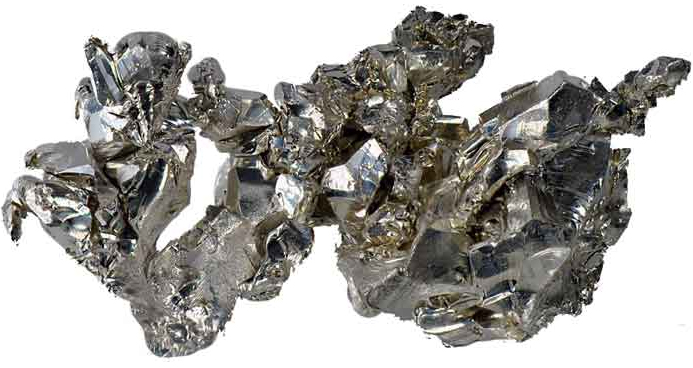
Calcium's role in steel production extends beyond its deoxidation and desulfurization capabilities. It also significantly impacts the mechanical properties of the final steel product. This article explores the intricate relationship between calcium integration and steel mechanical properties, shedding light on how this interplay contributes to the overall quality and performance of steel.
Tensile strength, a fundamental mechanical property of steel, is greatly affected by calcium integration. The presence of calcium modifies the morphology and distribution of non-metallic inclusions within the steel matrix. These inclusions can act as stress concentrators, leading to premature failure. Calcium-treated steel exhibits refined, spherical inclusions that are less prone to initiating cracks, thus enhancing the steel's tensile strength. This improvement in tensile strength is crucial for applications requiring materials to withstand high loads and forces.
Impact on Ductility and Toughness:
Ductility and toughness are essential characteristics in materials that need to absorb energy during deformation without fracturing. Calcium's ability to alter the inclusion composition and distribution contributes to enhanced ductility and toughness. The spherical inclusions formed by calcium integration create a more uniform stress distribution within the steel, allowing it to deform more plastically before failure. This property is vital in industries such as construction and automotive manufacturing, where materials need to withstand various types of stress and impact.
Fatigue resistance is the ability of a material to withstand cyclic loading without experiencing catastrophic failure. Calcium's impact on steel's fatigue resistance is closely tied to its role in inclusion modification. The presence of well-dispersed, non-deleterious inclusions reduces the initiation and propagation of microcracks during cyclic loading. As a result, calcium-treated steel exhibits improved fatigue resistance, extending the operational lifespan of components subjected to repeated stress cycles.
Contribution to Hardness and Wear Resistance:
Hardness and wear resistance are vital for materials subjected to abrasive or erosive environments. Calcium-treated steel often demonstrates increased hardness due to the refined microstructure and reduced presence of harmful inclusions. Additionally, the modified inclusions enhance wear resistance by minimizing localized wear points and promoting a more even distribution of stress during friction. These properties make calcium-integrated steel ideal for applications where durability and resistance to wear are paramount.

Calcium integration can also lead to grain refinement in the steel microstructure. Fine-grained structures exhibit improved strength due to the higher density of grain boundaries, which act as barriers to dislocation movement and increase overall material strength. By promoting grain refinement, calcium contributes to the steel's ability to withstand external forces and stresses, further enhancing its mechanical properties.
Considerations and Challenges:
While calcium integration offers substantial benefits to steel mechanical properties, challenges exist in maintaining precise control over its addition. The proper dosage of calcium is essential to avoid excessive oxide formation and ensure consistent results. Moreover, the effect of calcium can vary based on steel composition, casting conditions, and heat treatment processes. Metallurgists must carefully balance these factors to harness the full potential of calcium for improving steel's mechanical performance.
The integration of calcium into steel production has a profound impact on its mechanical properties. From enhancing tensile strength and ductility to improving fatigue resistance and wear characteristics, calcium-treated steel exhibits a range of superior qualities that make it a preferred material in numerous industries. As technology advances and metallurgical techniques evolve, the synergy between calcium integration and steel mechanical properties continues to unveil new possibilities for the creation of high-performance materials that drive innovation and shape our world.

Write a Message